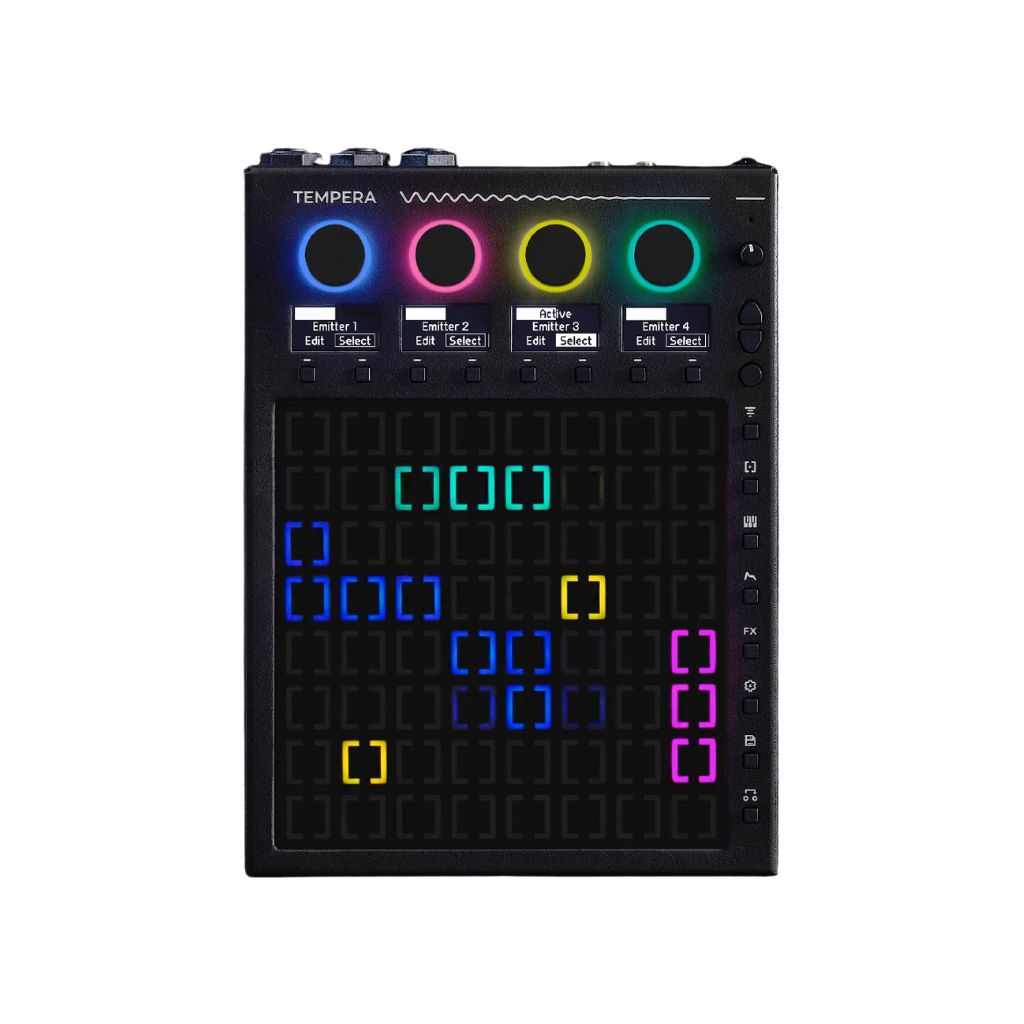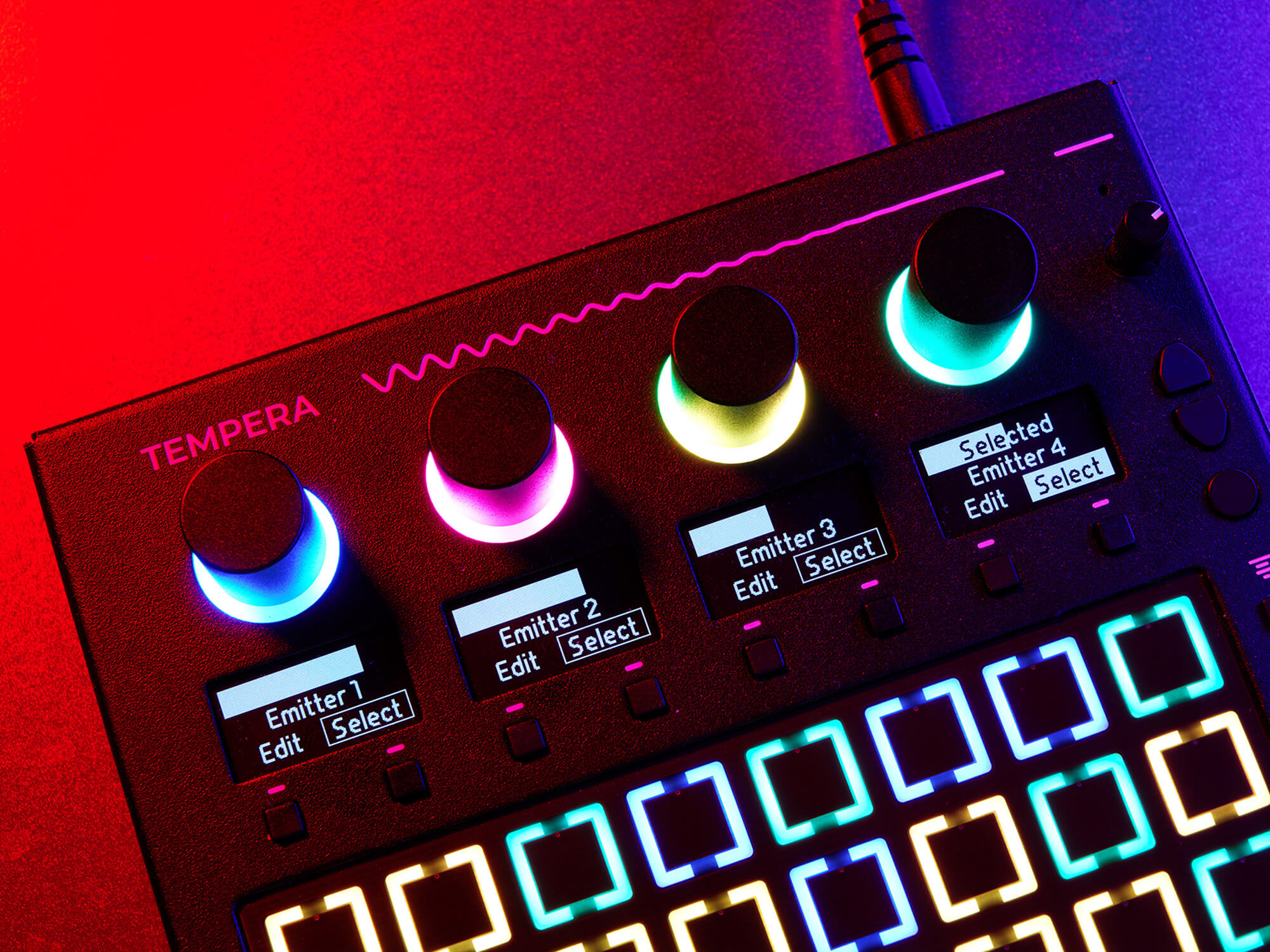
Beetlecrab Tempera: ‘As soon as we placed our hand on the grid and played a chord, we knew immediately, ‘Okay, this is it’”
A team of four engineers in Prague are putting their all into some of the quirkiest synths you’ve ever seen. And they’re loving every moment of it.
The Tempera by Beetlecrab. Image: Simon Vinall for MusicTech
Beetlecrab’s Tempera isn’t your typical musical instrument. It’s not even your typical synthesizer.
It started life as a university project: an A4 piece of paper with a dozen reels of cassette tape stuck to it, which could be ‘played’ with two hacked-up tape heads. Scrubbing across the tape with the tape head would play back tiny samples of the audio, like a tactile, analogue version of a granular synthesizer. Getting any coherent musical ideas out of it was near-impossible, though, admits its creator and Beetlecrab co-founder, Andre Sklenar. It was essentially only useful for “artsy stuff” and as an ambient soundscape machine (which is still pretty cool, honestly).
Sklenar and his business partner, Adam Heinrich, revisited this academic adventure shortly after releasing their first synth, Vector, in 2021. With its hybrid synth engine and workflow centred around an ‘Orbiter’, Beetlecrab’s debut product was intentionally experimental. Tempera builds on Vector’s idiosyncrasy; this granular synth won’t let you play notes or chop samples in the way you’re accustomed to — it forces you to get hands-on and explore sound in unfamiliar ways.
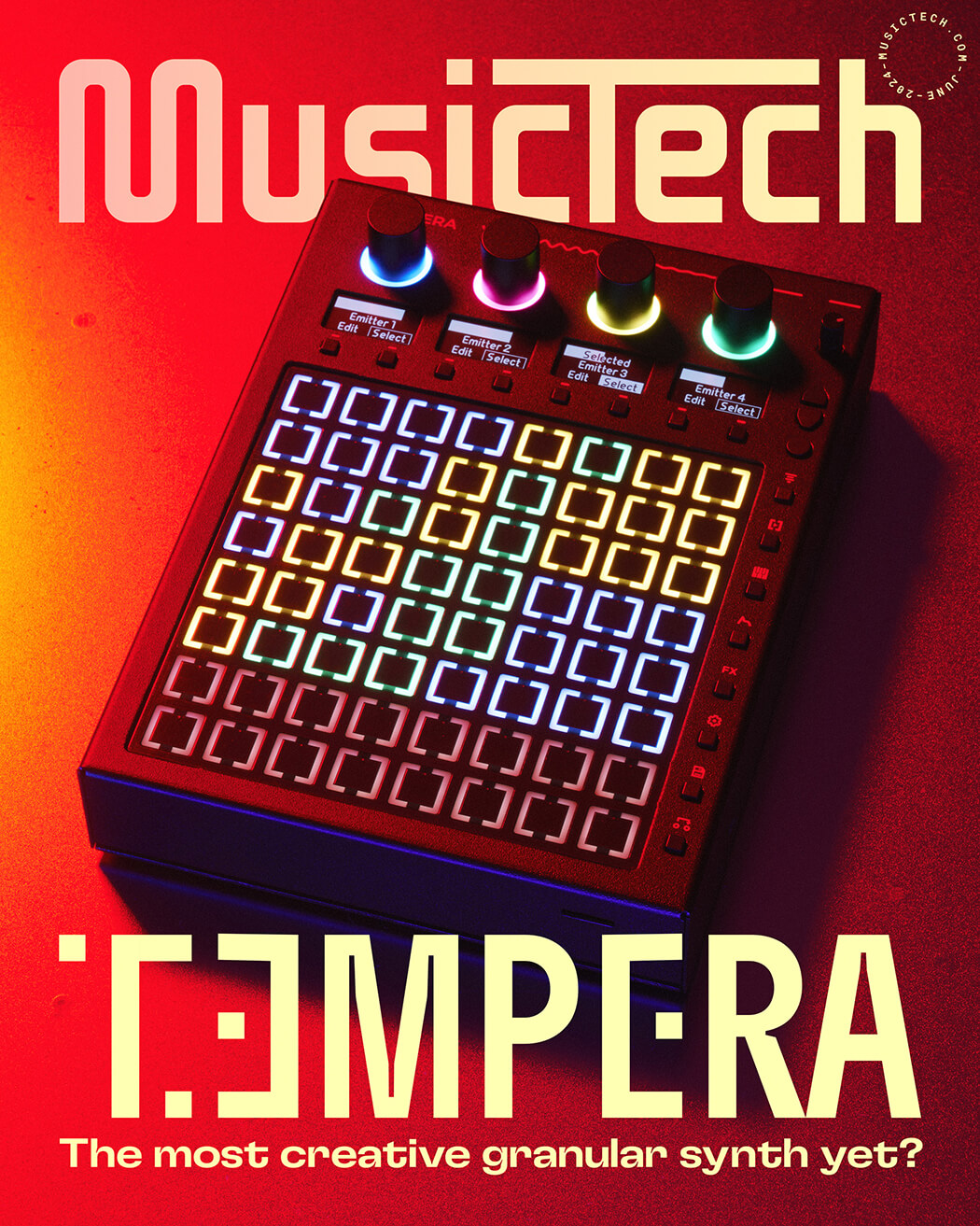
“The interface and the capabilities of a synthesizer largely determine the musical result,” says Sklenar. ”So we tried to make the interface substantially different, to break this comfort zone; just blow it away so it’s just not there anymore and you’re forced to get out of your automatic thinking.”
From the moment I first switched on the Tempera, I was hooked. Not because it was helping me create masterpieces (it wasn’t), but because every time one of its 64 touch-sensitive pads was hit or one of its knobs were turned, it would make a fresh and unique eerie, erratic sound. For the first hour, I had no idea what I was doing, but I was having fun letting the Tempera and its stock samples guide me on a weird sonic journey.
“Yeah, it happens to me as well,” jokes Sklenar from the Beetlecrab HQ in Prague, Czech Republic. “When developing, someone might report some kind of bug; I start looking for it, then I get completely distracted and realise later I need to actually find and fix the bug. But I love that very hands-on nature of the Tempera.”
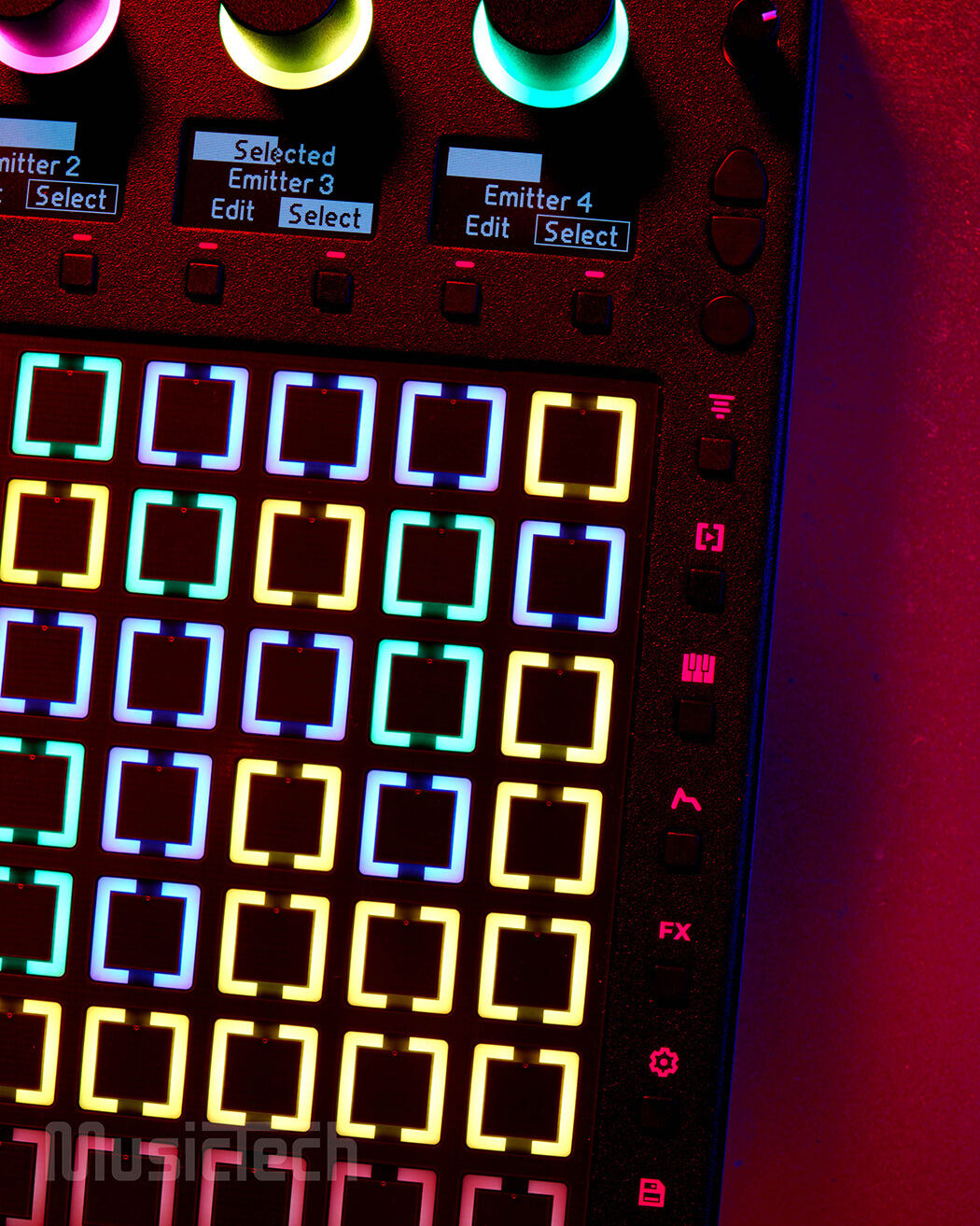
Beetlecrab’s Prague office isn’t exactly bustling. Sklenar is talking to me via video call from the workshop, with a backdrop of cardboard boxes and materials. Alongside he and Heinrich, the two co-founders are joined by an assembly engineer and a QA engineer, making each Tempera and Vector to order.
Sklenar enjoys having a small operation; he and the team are able to keep in direct contact with their customers and address issues, gather feedback for future firmware and, nicest of all, receive praise directly.
There is plenty to praise about the Tempera, in fairness. The granular synthesizer packs a pool of 4,096 stereo grains, played by four concurrent ‘Emitters’ with 16-voice polyphony. You’ll mostly be using the 64 backlit pads, which are divided vertically into eight tracks, each one containing a sample of up to 11 seconds long that’s split across the eight strips. You can play the samples by touching one of the pads and, depending on the mode you’re in, selecting a pitch with the keyboard overlay.
…I know, it’s a lot, but stay with me.
The four dials at the top of the Tempera can be used to tweak parameters, shape envelopes, edit sample lengths and alter the Emitters. An effects engine lets you apply chorus, delay, reverb and more, while an onboard mic lets you record sounds to manipulate immediately. You can save and load your sounds to the 8GB internal storage and a microSD card.
Oh, and also, there’s a fun feature that will trigger other samples around your finger position, so you can get some fascinating, diverse soundscapes in an instant.
Ok, got it? No? That’s alright. Tempera isn’t an easy beast to tame at first, but experienced users have found incredible ways to get creative with it.
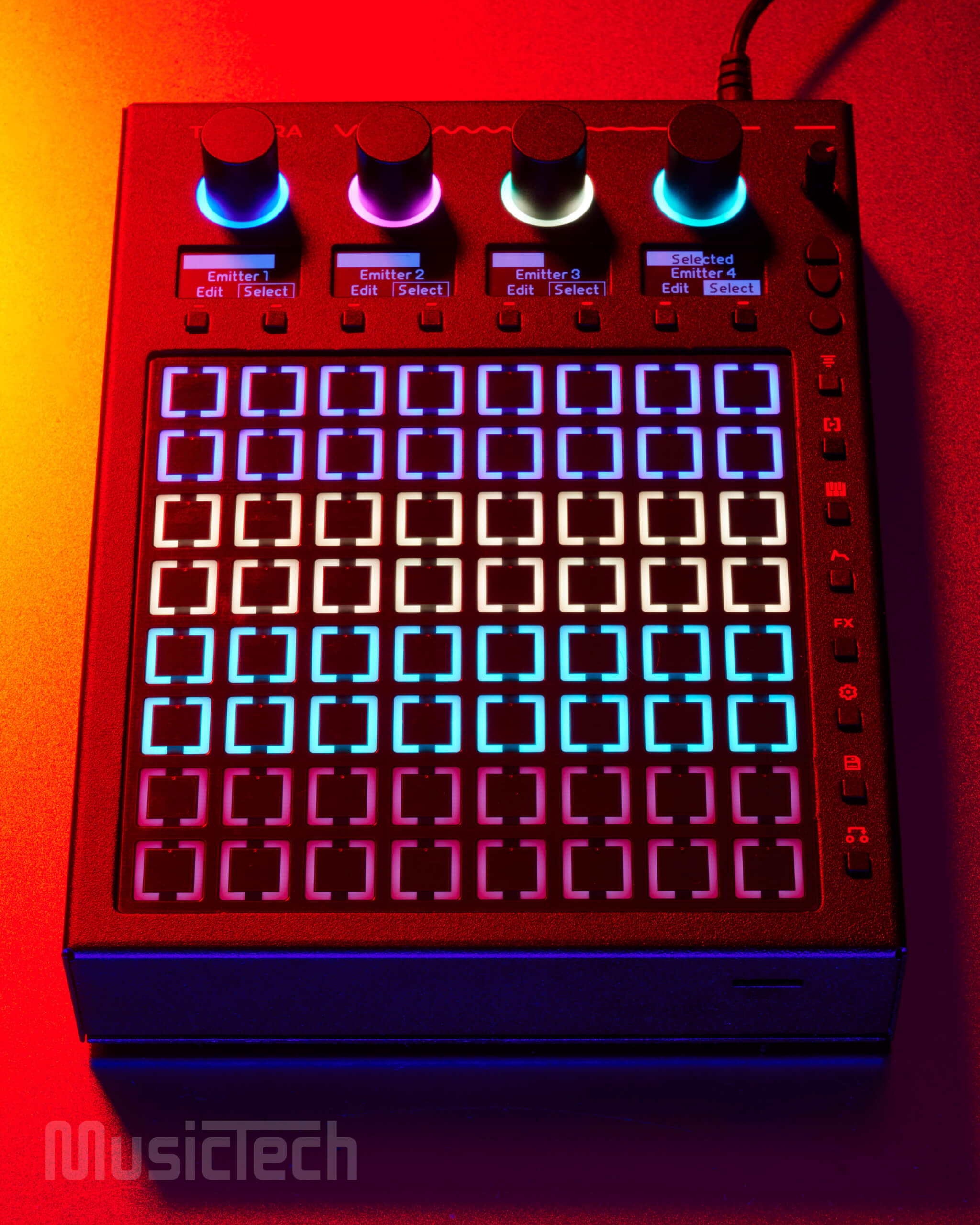
Producer and content creator Jeremy Blake at Red Means Recording was a close collaborator in the making of the Tempera. In a recent video, he showcases it as a manipulator of jungle drum breaks, while others have found it incredibly useful as a cinematic scoring instrument.
But Beetlecrab’s problem, Sklenar says, is conveying to potential customers what the Tempera actually does.
“As it turns out, one still needs to read the manual, maybe get a walkthrough,” he says. “But I think that as soon as one grasps the basic concept that it’s grain emitters on top of a sound bed of samples, it kind of clicks. There are no hidden shortcuts or weird shift workflows. Once you get the concept, the rest is okay. We tried to make it more approachable [than Vector], which I’m not sure we succeeded 100 per cent, but we gave it a go.”
Sklenar, who confesses he’s not a natural marketer or promoter (“nor I would find marketing very interesting”), sayshe and Heinrich were nervous about releasing the Tempera. How would they get the concept across? Even when making preset patches, known as Canvases, for the Tempera, the two realised they had still had to do more to demonstrate how each feature works.
Really, the best way to get to know the synth is to get your hands on it. Heinrich and Sklenar knew this from the moment they had the prototype underway. “We had a prototype spread out on the table,” says Sklenar, “with code running through it to trigger the grains. ‘As soon as we placed our hand on the grid and played a chord, we knew immediately, ‘Okay, this is it.’”
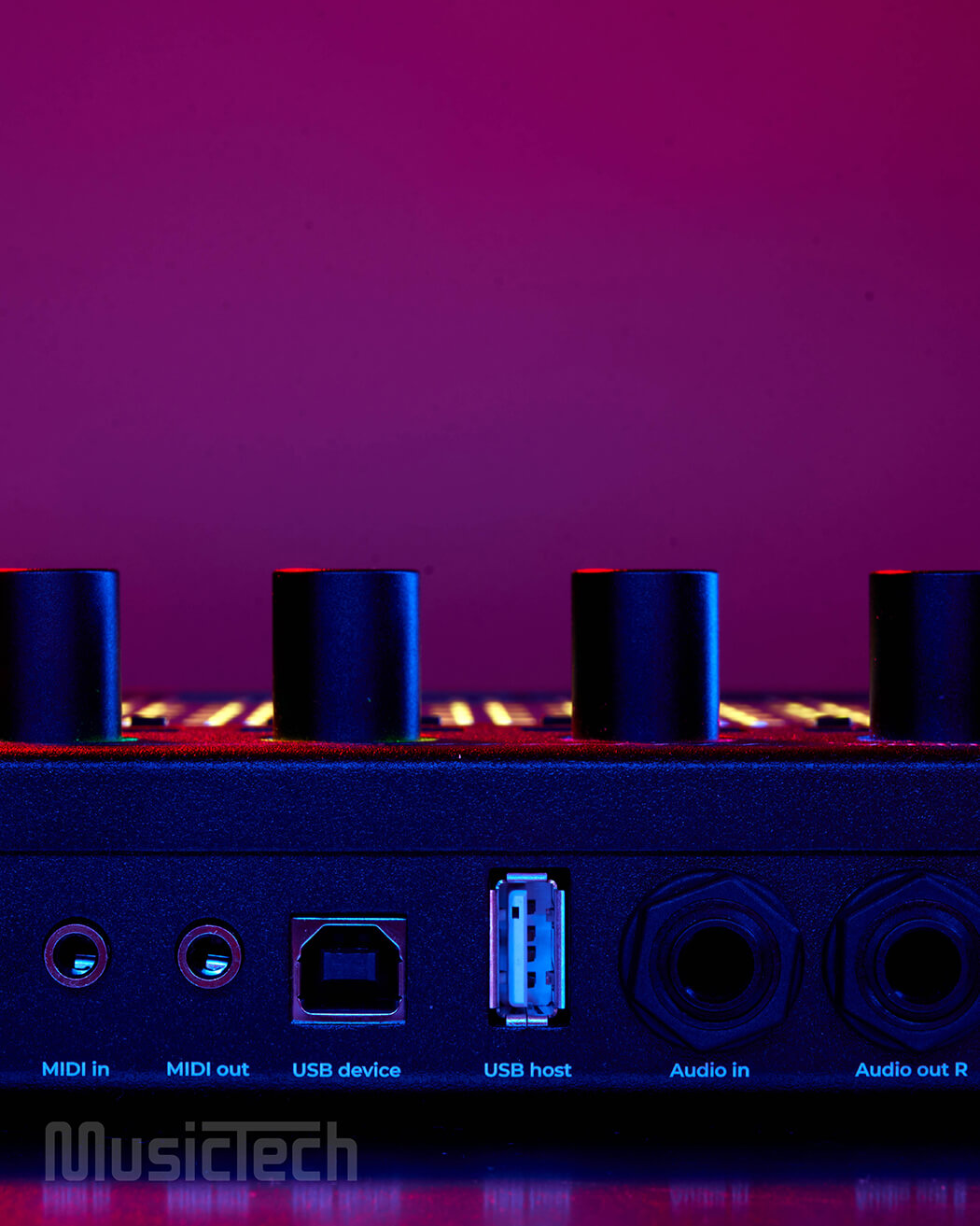
When Sklenar and Heinrich took the Tempera to Superbooth 2024 in Berlin, they were met with immense positivity and intrigue. Most Superbooth attendees are on the hunt for the quirkiest musical machines, so Beetlecrab’s two products were bound to be a hit. Even there, though, synth lovers were approaching the Tempera expecting it to be a Launchpad or grid synthesizer. They’d trigger the 4,096 grains and 64 emitters, instantly hearing a rich, complex and convoluted sound.
“The thing is, the machine can handle it,” laughs Sklenar. “It won’t break a sweat. It’ll just explode with grains. It’s a huge arsenal of stuff and it’s important to learn to control it, to be sparse, not to go super crazy. So those are the challenges, but the response has been amazing. People can’t put it down.”
The Beetlecrab team has heard inspiring stories from its Discord channel and email inbox, with Sklenar recalling one user who set it up for their child to experiment with. Once you see the Tempera’s brightly coloured pads of blue, pink, yellow and green, you can see how a kid would gravitate toward it — well, adults too, actually. That appeal was always part of the plan.
“We definitely wanted to design something that is beautiful and functional. That was actually the condition for us doing anything at all,” Sklenar explains. “ I think that function is more important than form but that doesn’t mean that form is not important.”

Lights might flash and dance around the Tempera, but each has a purpose. The four colours represent the emitters, and they communicate when sound is being played, how it’s being played, and what sound is being played around them. It’s a stunning display that invites you to keep tinkering and seeing what’s next. And it’s a smart move by Beetlecrab. A social media presence is vital, and we’ve all seen videos of homemade Novation Launchpad shows, so the Tempera’s aesthetic appeal is likely to entice creators to film themselves playing mind boggling sounds. From that perspective, Sklenar and Heinrich’s marketing proficiency isn’t so bad after all.
Some content creators are already having a field day with it. The aforementioned Jeremy Blake at Red Means Recording has expressed his love for it, as has high-profile music technologists Andrew Huang and Loopop. Blake’s involvement was actually key in bringing the Tempera up to scratch. Although his sound design videos with the synth are impressive and educational, Sklenar tells us that Blake’s experience with the Tempera was a rollercoaster.
“He’s a man of patience, because I would send him a firmware that fixes three bugs but creates two new bugs, and that was basically the mode of operation for all of the period between May to November [when the first public batch was released]. Of course, he’s an artist, I’m an engineer, so I’m prepared for maybe higher levels of frustration with machinery. But for him to try to be creative with a machine that would sometimes do random stuff must have been frustrating. Jeremy has been great, though — he created amazing samples for the Tempera tailored specifically for it.
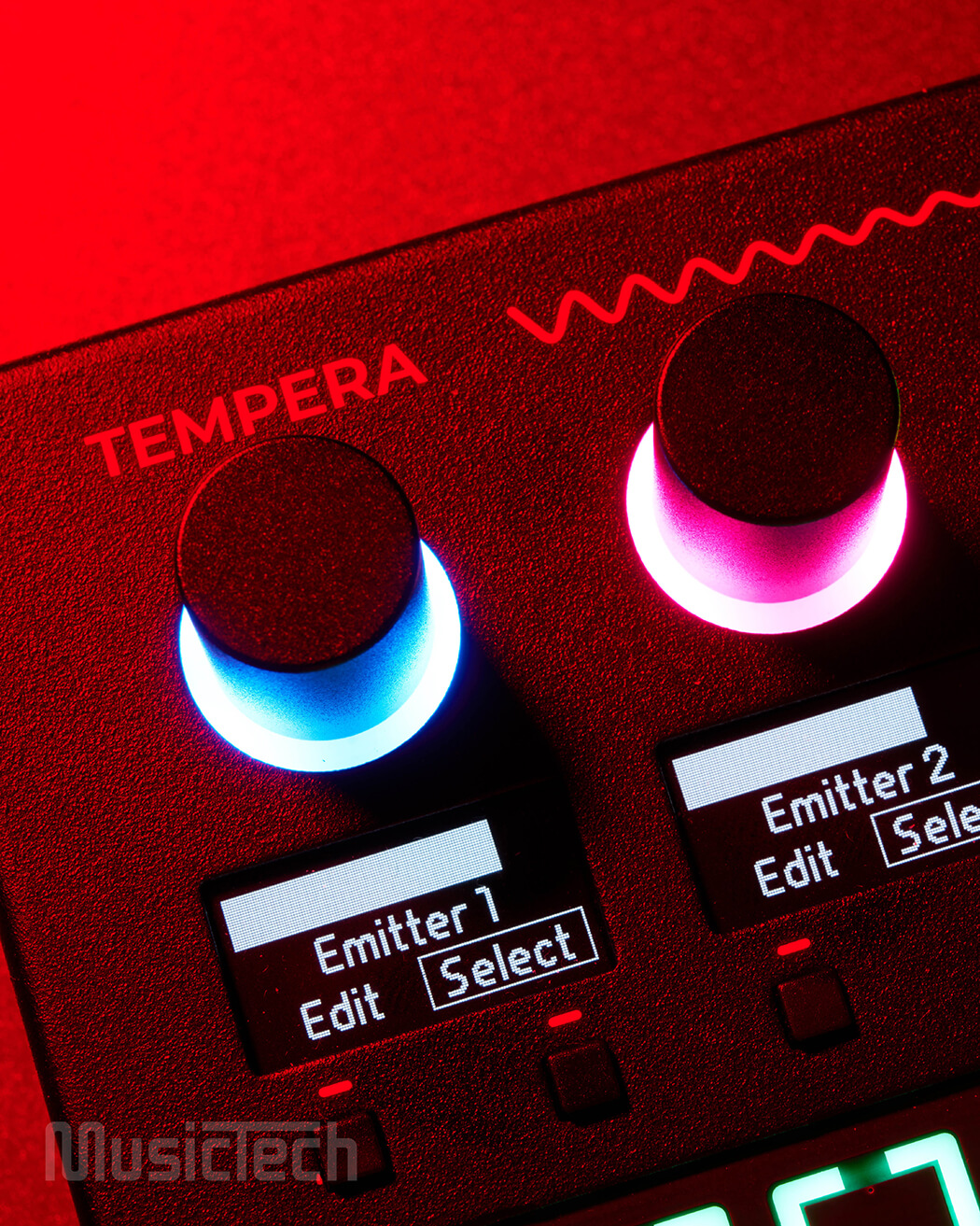
Unlike Blake, I still haven’t figured out exactly how to make the most of the Tempera. But Sklenar is right; being able to practically touch the sound as it’s being played is hypnotic and makes you want to learn more. But at $720, can you really afford to pick something up and not know how to use it?
“With a machine that does something different,” explains Sklenar, “it always takes a little bit of time to find its own audience, because everything is so saturated these days. But Tempera works for ambient music, it can record instruments, can be played very organically and expressively, and there’s all these little granular noises…There’s an amazing person on our Discord who’s using Csound — a programming language that lets you programmatically create audio samples — to generate samples that fit specifically on the touch grid in very creative ways, like making pixel art on those samples with the LEDs. You can really paint with it.”
The Tempera’s users have kept happily busy, but Beetlecrab has kept even busier. Everyday, the team is gathering feedback from its customers to create new updates, iron out bugs, create new tutorial content, all while balancing another three or four synthesizer projects. But, as we gather from our call, Sklenar and Heinrich are thrilled to be able to bring their wacky imaginations to life.
“I mean, there’s nothing better than this. We have, like, three to four synthesizers in the pipeline from blueprints through to prototypes. And it’s so rewarding, because I can actually see the machine assembled; I can see it travelling to the testing station, then I see it being rotated into the packer, and then it’s in the box, and then I can see it on the shelf, then it leaves, and three days later, I get an email saying ‘I just received my Tempera, I’m loving it.‘ It’s such a great thing. It’s perfect, really.”
Learn more about Beetlecrab’s Tempera, which is available now.
